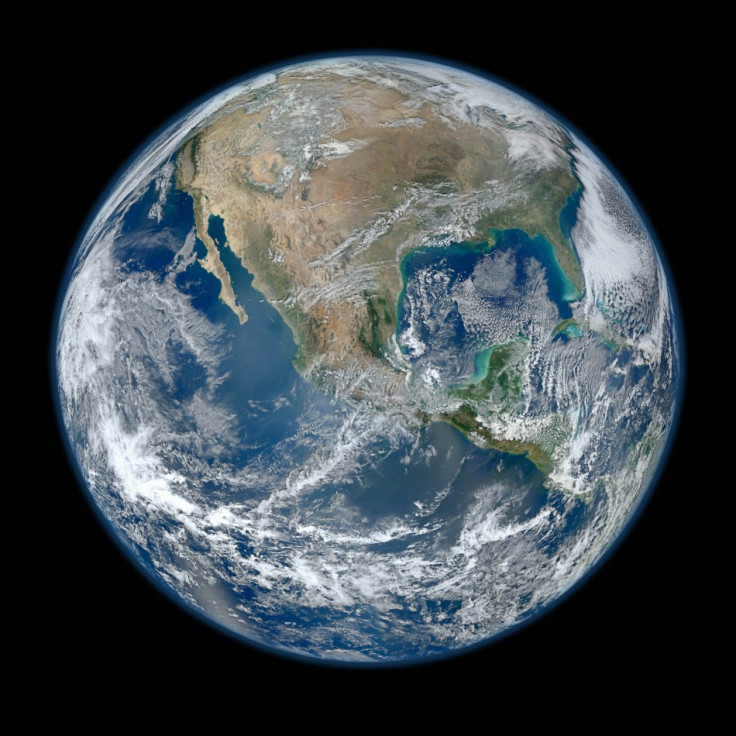Asteroid Bombardment Significantly Changed Ancient Earth Geology

A new study has revealed that more than four billion years ago the Earth's surface was drastically altered by a bombardment of giant asteroids.
Researchers from around the globe made the discovery using a new terrestrial bombardment model based on existing data, which revealed the changes that the upper layers of the Hadean Earth underwent.
Hadean, meaning hell-like, is what Earth has been called during its formative 500 million years, due to its intense heat, volcanic atmosphere and lava-covered surface.
Earth is known to have gone through many stages during its formation, notably the accretion of the planet with planetesimals and the huge impact that led to the creation of our moon. Then came a bombardment of giant asteroids which dwarfed the one that we assume wiped out the dinosaurs.
According to the study Hadean Earth could have been hit by between one and four asteroids with a width of 600 miles, which were capable of global sterilisation, and by three to seven more than 300 miles wide and capable of evaporating the planet's oceans.
It is believed that global ocean vaporisation helped form our atmosphere, a find that falls in line with claims based on geochemical data that the planet's surface had liquid water as early as 4.3 billion years ago.
While these asteroids did not help accrete the Earth (contributing less than one percent of the Earth's present mass) the barrage did have an large effect on the geological evolution of Earth in its early days.
"When we look at the present day, we have a very high fidelity timeline over the last about 500 million years of what's happened on Earth, and we have a pretty good understanding that plate tectonics and volcanism and all these kinds of processes have happened more or less the same way over the last couple of billion years," says Lindy Elkins-Tanton, director of the School of Earth and Space Exploration at Arizona State University.
"We are increasingly understanding both the similarities and the differences to present day Earth conditions and plate tectonics," said Elkins-Tanton. "And this study is a major step in that direction, trying to bridge that time from the last giant accretionary impact that largely completed the Earth and produced the Moon to the point where we have something like today's plate tectonics and habitable surface."
The research also reveals that the asteroids constant collisions likely played a major role in the evolution of life on Earth.
"Prior to approximately four billion years ago, no large region of Earth's surface could have survived untouched by impacts and their effects. The new picture of the Hadean Earth emerging from this work has important implications for its habitability," says Simone Marchi, of NASA's Solar System Exploration Research Virtual Institute at the Southwest Research Institute.
© Copyright IBTimes 2025. All rights reserved.






















